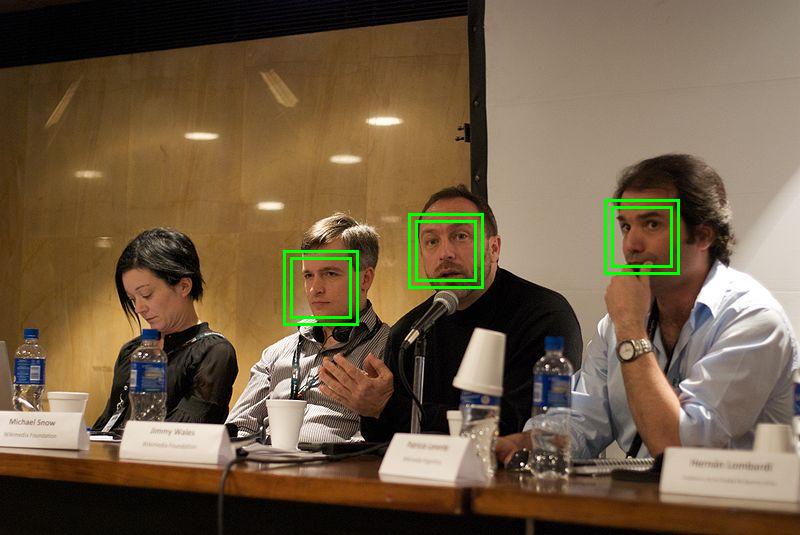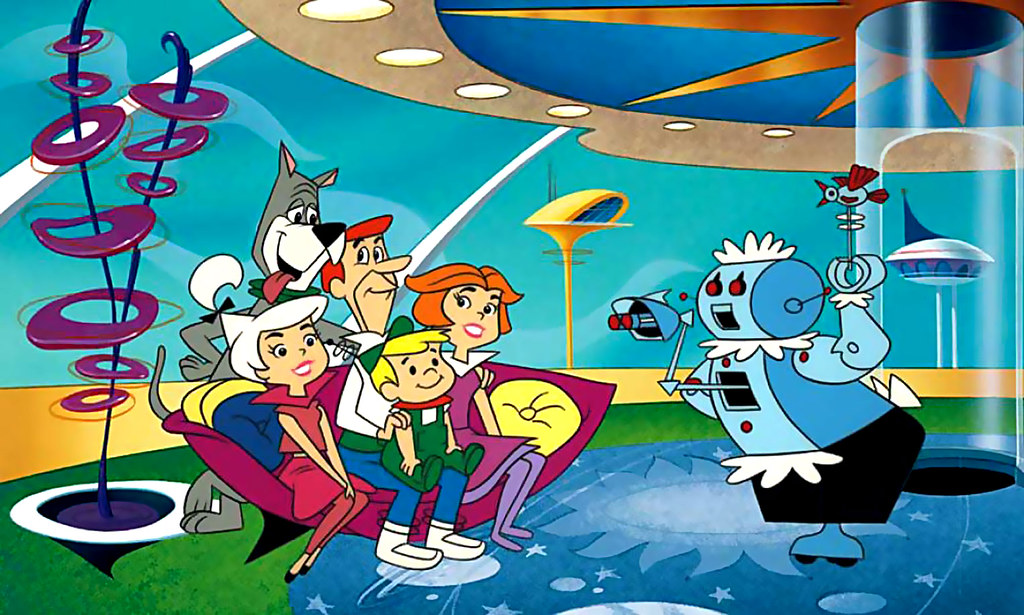We have laws that are meant to prevent discrimination in hiring. But in practice, employers can find ways to avoid hiring people above a set age threshold with the help of social media and demographic data.
A
story that ProPublica copublished with the
New York Times declared the dark side of social media targeting for job applicants -- age discrimination. Facebook is designed to give direct access to a precisely targeted population, including those within a specified age bracket. That means ads for employment may be directed only to potential candidates below a "certain age," and that could be both ethically and legally problematic.
Facebook has been used as a successful recruiting tool for companies who
seek to reach recent grads. The same type of "microtargeting," as ProPublica refers to it, can be used to reach whatever parameter the advertiser specifies, and that often translates into job ads, particularly those in tech, being directed to eyeballs under 40.
Declaring that the age targeting has had a discriminatory effect on workers over age 40, the Communications Workers of America (CWA) and three workers filed a
class action lawsuit against T-Mobile, Amazon, and other companies that they say used the social media platform in that way.
That's not to say that Facebook has a monopoly on such practices. ProPublica tested out Google and LinkedIn and found that job ads designed to not be extended to people above 40 were allowed. It then contacted the companies and was told by Google that it had no problem with complying with the specified age range. LinkedIn told ProPublica that would make the necessary modification, as did a number of companies whose advertising strategy looked like an attempt to exclude older applicants.
Facebook defends itself against ProPublica's critique. Facebook's VP of Ads,
Rob Goldman declared, "We have carefully reviewed their concerns -- and this time we disagree." Though he does not deny that job ads were intended for specified age groups, he argues that does not necessarily constitute age discrimination any more than advertising "in magazines and on TV shows targeted at younger or older people."
ProPublica doesn't buy that argument, though. It points out that the analogy fails because other forms of media may be aimed at particular age groups, but they do not restrict access to them. If a teen wants to look at AARP or if a middle-aged person picks up Seventeen, they will see the ads, too. "Online, however, people outside the targeted age groups can be excluded in ways they will never learn about," it points out.
Read more in



